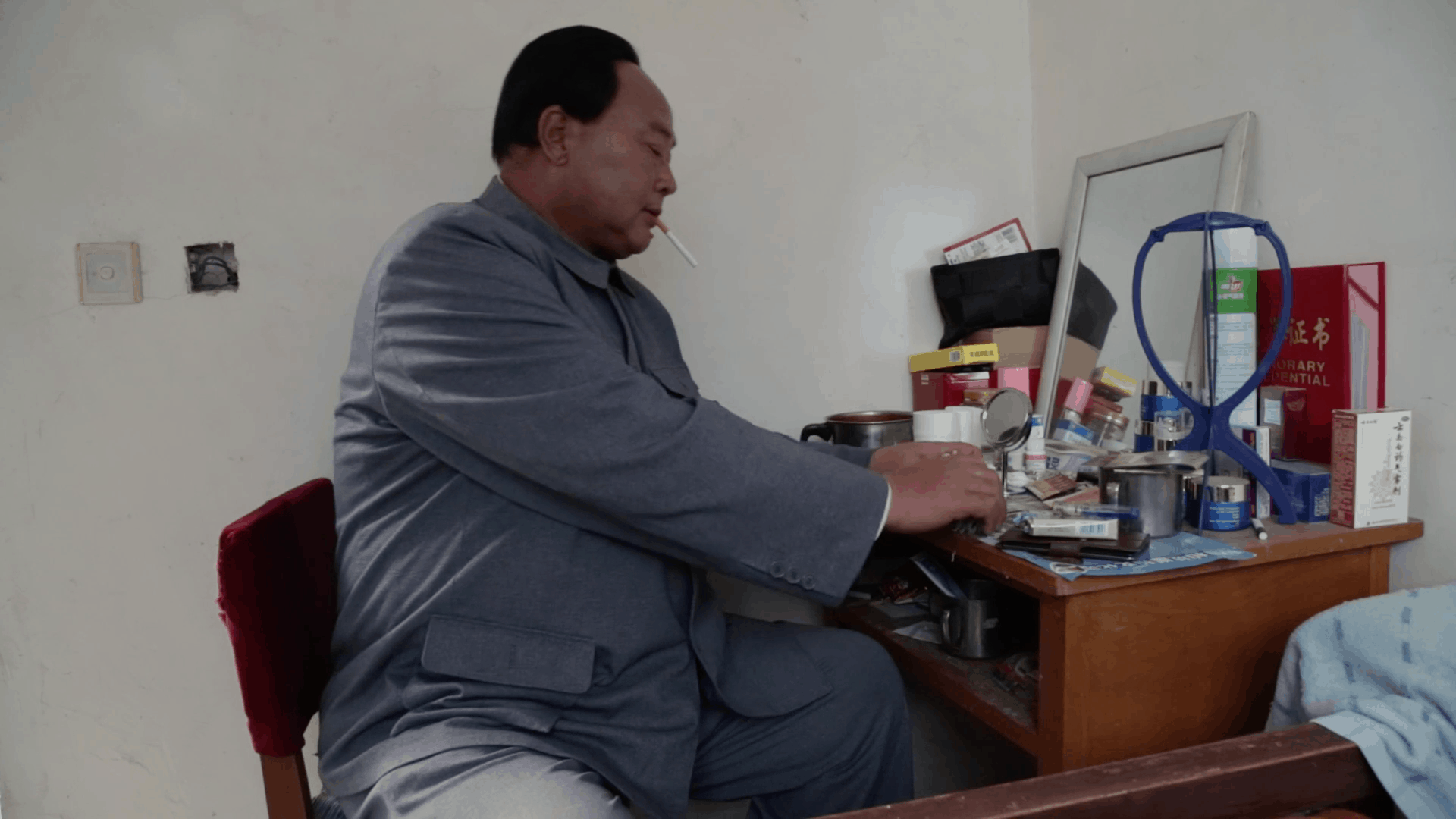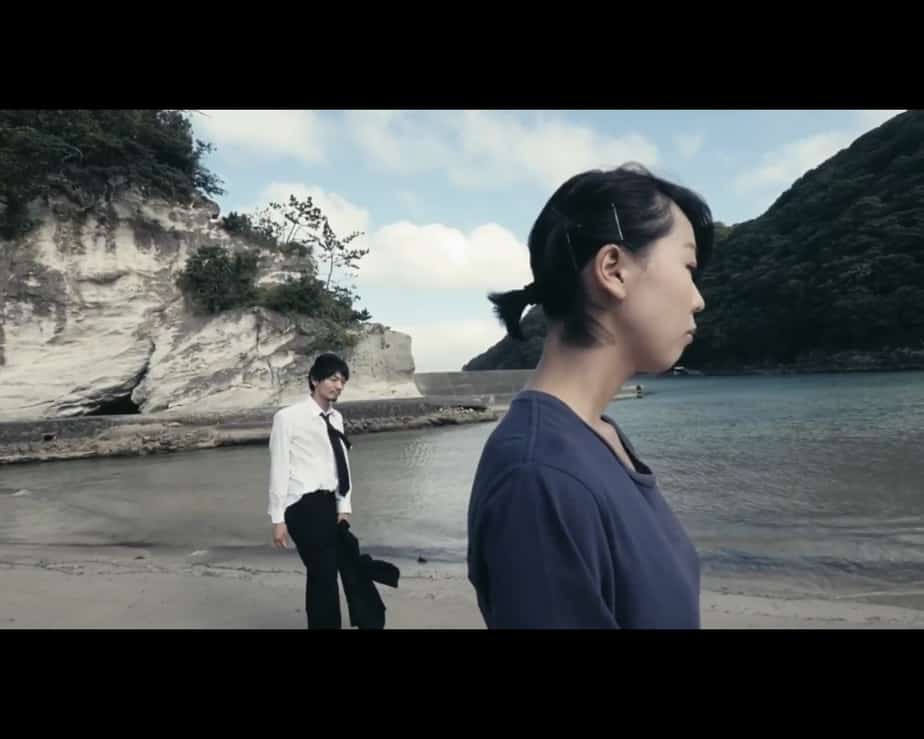by Fred Barrett
Yoshiaki Kawajiri is well known for his ultra-violent and hyper-sexual anime like “Ninja Scroll” or “Vampire Hunter D: Bloodlust” and his solo directorial debut, “Wicked City”, is the animator's sleazy take on the well-worn humans versus demons subgenre, which offers more than enough problematic thrills to be entertaining, although its penchant for sexually degrading its female characters might prove too much for some.
After a period of fierce battles and conflict, humans and the demonic inhabitants of the so-called “Black World”, managed to reach a peace agreement which has brought centuries-long stability to the two worlds. This peace is protected by the Black Guard, an organization of secret agents recruited from both dimensions. Renzaburo Taki (Yusaku Yara) is an elite human member of the Black Guard, working as a salaryman by day. When the hard-won harmony between humans and demons is threatened by a radical group from the Black World, Taki is tasked with protecting the eccentric Giuseppe Mayart (Ichiro Nagai) from the terrorists as his signature is needed to ratify the treaty and secure the continued coexistence of both races. Aided by the beautiful demon Makie (Toshiko Fujita), Taki must fight to protect Mayart and defeat the demons who wish to overthrow the current order and enslave the humans. However, unbeknownst to him, his own destiny is tied up in the future of both worlds as well.
“Wicked City” is a stylish dark fantasy neo-noir whose dense atmosphere recalls sci-fi works like “Blade Runner”, “Akira” or even Hideo Kojima's legendary cyberpunk adventure game “Snatcher”. The fantasy elements offer some bizarre body horror as well, depicting contorted body parts, melting skin, large genitalia-esque orifices and phallic tentacles. More than anything else, it's the look and feel of the world that makes this fairly conventional narrative stand out, since there is little in the way of surprising story twists or fleshed-out characters. The aesthetic is the main attraction here, from the hazy neon backdrops set to a hypnagogic city pop soundtrack to Kawajiri's incredibly accomplished direction and framing (even if the animation between the action set pieces is lackluster at times). The director's propensity for unorthodox camera angles and dynamic fight choreography would later be seen in his excellent segment, “Program”, created for the underappreciated “The Animatrix”.
Unfortunately, any potential enjoyment of “Wicked City” will likely be dampened by the film's treatment of its female characters and its female lead in particular. Not content with putting her in life-threatening danger, Kawajiri subjects Makie to multiple scenes of graphic sexual assault that can't help but feel gratuitous. After establishing her as a cool and competent secret agent early on, she is quickly relegated to the role of damsel in distress and is objectified, kidnapped and sexually humiliated at every turn, both verbally and physically, the film constantly showing her in various states of undress while the camera ogles her naked body. The portrayal of sexual violence can be tricky even with the best of intentions but it's obvious that little care went into treating the subject with any delicacy whatsoever. Given the prevalence of these scenes, it's difficult to dismiss them as harmless, juvenile indulgences and after the credits roll, the anime is likely to leave a sour taste in many viewers' mouths.
Whoever is able to look past these issues (which were sadly very common in a lot of anime of the era), as well as some obnoxious comic relief, might get a kick out “Wicked City”‘s grimy, action-packed and twistedly erotic take on the genre. But everyone sensitive to sexual content of this kind is better off staying away.

















